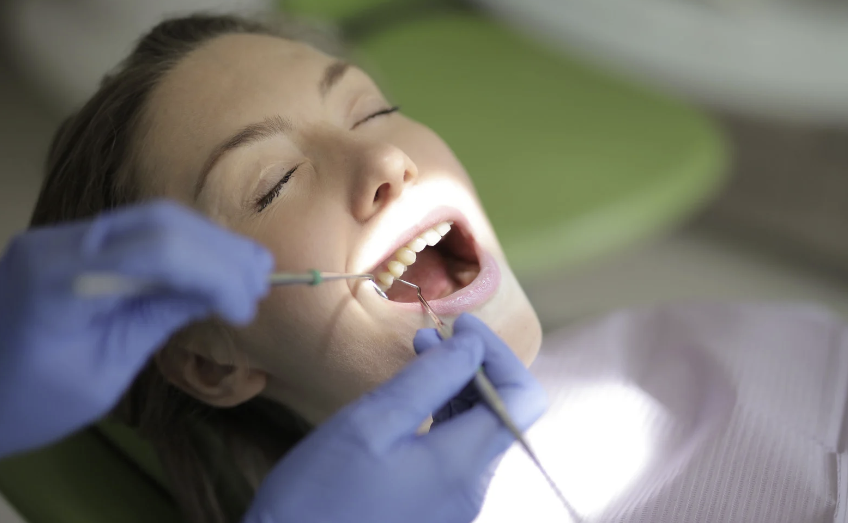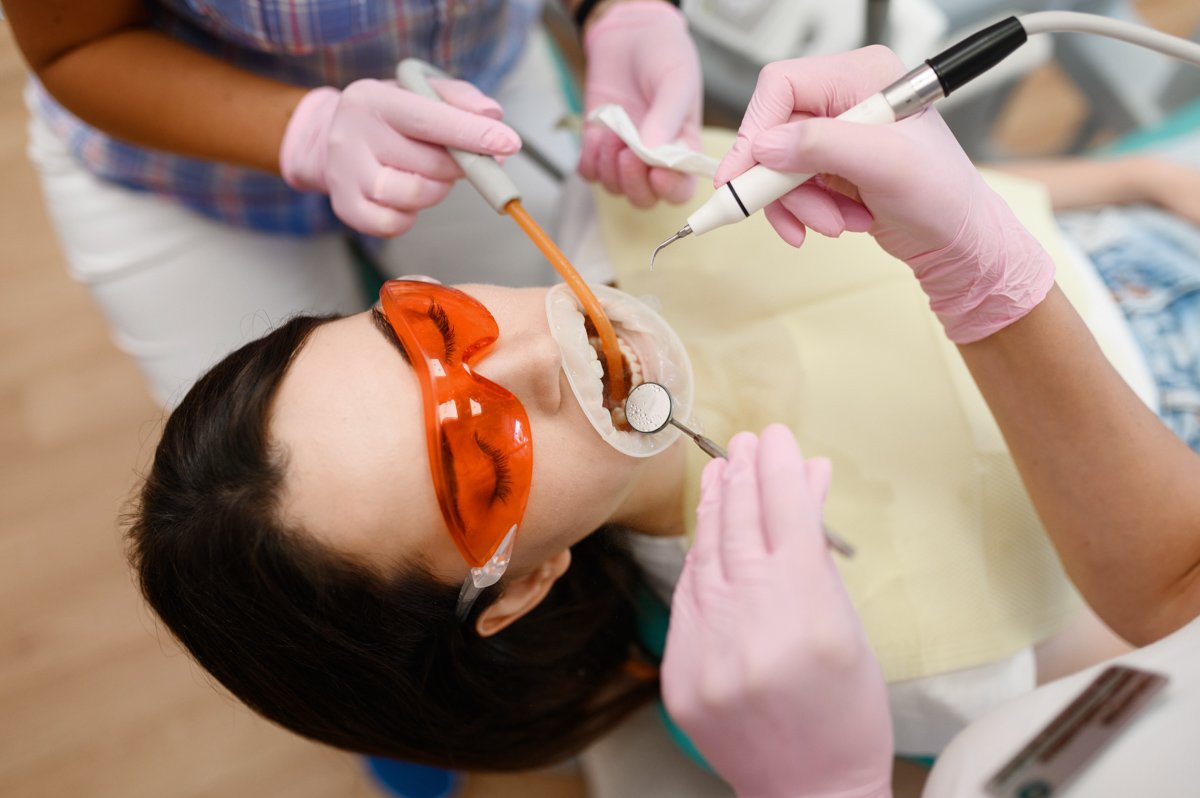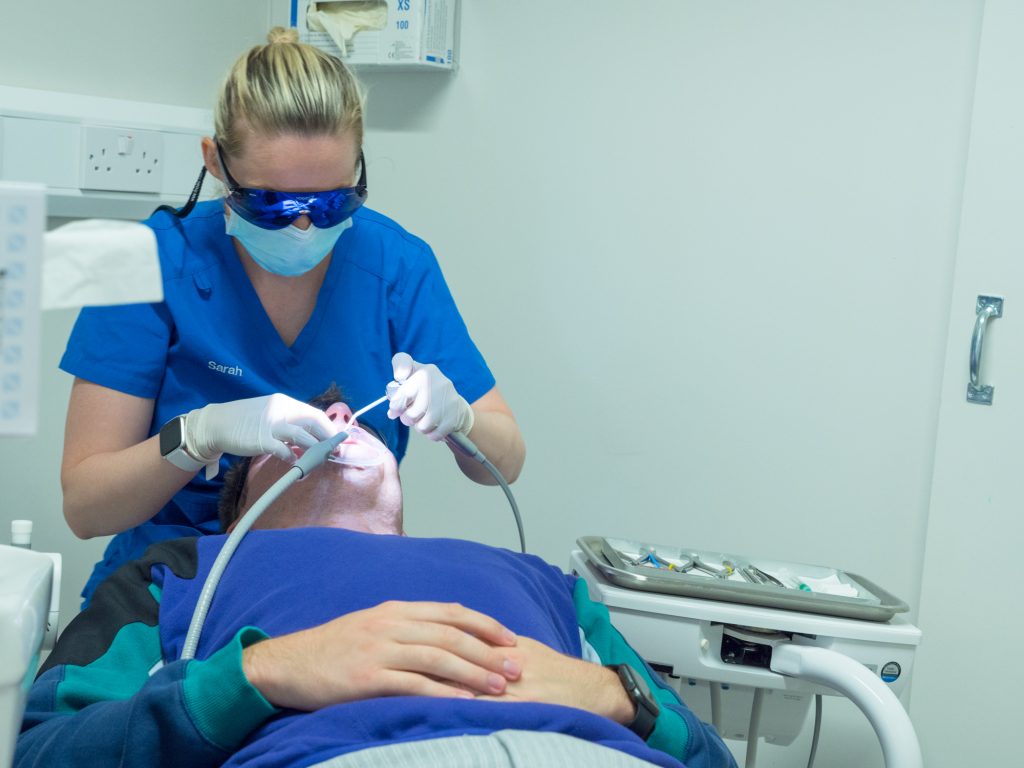Our Periodontist & Dental Implant Specialist in Dublin
|
Meet our periodontist: Dr Alba Urdenata Periodontist with Specialisation in Dental ImplantsDr. Alba Urdaneta graduated best in her class from Dentistry at the Catholic University of Valencia 2016. In 2020, Dr Alba completed her Implant and Periodontal training to Masters Degree level, furthering her knowledge and skills in the area of dental implants and treatment of gum disease. Since then she has specialised in the field periodontics. The diagnosis and treatment of periodontal disease (a chronic inflammatory disease that affects the gums and bone supporting the teeth also known as gum disease), and in the placement of dental implants.Alba is committed to providing exceptional patient care to her patients. Dr. Urdenata specialises in placing Straumann dental implants, an internationally renowned and trusted brand of dental implants. |
- Periodontists are dental specialists who are experts in the prevention, diagnosis, and treatment of diseases affecting the gums and supporting structures of the teeth they are the a skilled specialist who’s skills are advantageous in placing dental implants.
- Periodontists have a general dental degree just like your family dentist.
- A Periodontist has an additional two-three years of specialist dental training, which makes them specialised at treating and maintaining your healthy teeth and gums.

What is the different between a Periodontist and a Hygienist?
- A periodontist is a dentist first then specialises in periodontic work, that is diagnosis and treatment of periodontal/gum disease. They can plan and perform more complex treatment and even surgery to treat periodontal disease.
- A hygienist is a type of dental healthcare professional who specialises in preventing gum disease and other oral issues by providing advice, routine scale and polishes and deep cleans. They can work under the direction of a dentist.
Periodontic and Implant Treatments
What is Periodontal Charting?
Periodontal Charting
A Periodontal Chart is a graphic chart periodontists use for organizing the information about your gums. Periodontal charting is the best way to uncover the difference between patients that have healthy gums and those with periodontal disease.
The area between your gum and tooth is known as the “pocket”. Periodontal charting is relatively and relatively painless, during the procedure you will hear your dentist or hygienist call out a series of numbers for each tooth. This is measuring, in millimetres, the cuff of your gum line and the point at which the gum actually attaches to your tooth.
Healthy gums have pockets that are usually 2-3mm, anything over 5mm means the bone that supports your tooth is being degraded by periodontal disease. Bleeding is also a sign of gingivitis and gum disease, as healthy gums do not tend to bleed.


Root Planing
Root planing involves a deeper dive under the gum line than your regular scaling with detailed scaling of the root surface to smooth out rough areas. This is done because smooth root surfaces keep bacteria, plaque, and tartar from re-adhering underneath the gumline. Root planing decreases gum tissue inflammation, allowing your gums to heal and reattach themselves more firmly to your teeth.
If needed to prevent infection, your periodontist may administer medicine directly into the area undergoing the procedure.
After your deep cleaning, you’ll schedule a follow-up visit to ensure the healing and gum health is improving.
Surgical debridement & resective surgery


Regenerative Surgery
Regenerative procedures add the potential to restore lost tissues and attachment of tissues to strengthen tooth attachment. This can be carried out when the disease process is halted, or sufficiently slowed to allow the best chance that the restored structures could be lasting. The procedures and materials include barriers to prevent the epithelium from growing into the bony defect and to provide an increased opportunity for bone growth within the defect. Other regenerative procedures include osseous (bone) grafting utilizing one of a large variety of natural and synthetic materials currently available. Biologically mediated strategies include matrix-derived proteins and/or growth factors that encourage bone growth.
Following periodontal surgery, epithelial, gingival connective tissue, bone and/or periodontal ligament cells may grow along the root surface. Barriers are often used to help guide periodontal ligament cells to grow in the correct areas and allow the restoration of lost tooth support, the also stop soft tissues and connective tissue cells from entering the space. The process is called guided tissue regeneration, and uses either resorbable or non-resorbable barriers. Non-resorbable barriers by their nature last longer, but require removal at a later surgery. Resorbable barriers are used more frequently, but some of them may resorb prior to the length of the time needed for optimal bone fill.
Frequently Asked Questions
They last between 20-30 years usually, but the lifespan depends on how well you look after your teeth and on your oral health habits. Brush twice a day and floss daily to keep them intact.
Most patients who have lost one or more teeth will be good candidates for getting a dental implant. However, bone regression may be a deal-breaker, as it means there isn’t enough healthy tissue for the implant to fuse with.
Come to our clinics at College Gate Dental Clinic and we will examine your individual case in order to offer the best solution.
Bridges are an option to restore a small number of teeth missing. They are attached to each side of the healthy teeth, on either side of the gap.
Partial or full dentures are the best option for many missing teeth. Both have pros and cons, but depending on your individual case, we will offer what’s best for you.

